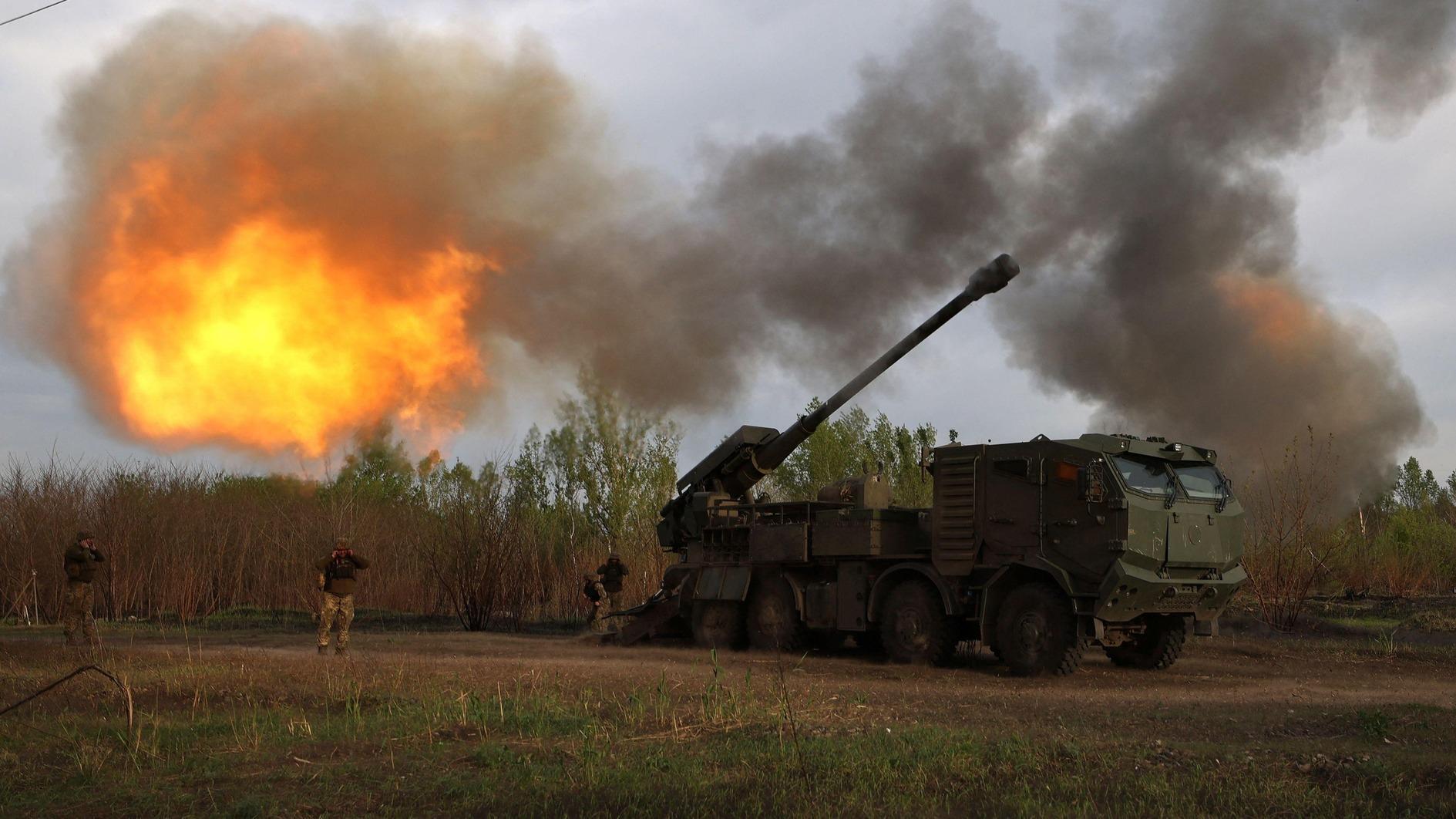The rights and wrongs of the Saudi-Iran rift
Yes, it is the latest reflection of a regional power struggle and rivalry of domination. Yes, it is the culmination of proxy wars between Iran and Saudi Arabia. Yes, the rift has sectarian (Shiite/Sunni) and perhaps nationalistic (Persian-Arab) overtones, since no power struggle expresses itself in terms of sheer power. But, no it is not primarily an ethnic or sectarian clash. No, its history does not go back to the seventh century. During the last 1,400 years, lots of things have happened in Muslim lands with and without reference to the sectarian rift which began right after the death of the Prophet Muhammad. Only after the Safavids in Iran adopted Shiism in the early 1500s against their political rivals, the Sunni Ottomans, did sectarian references come to the fore. Even then, it was not the dominant theme of Middle Eastern politics, especially after the Safavids lost power. In the modern history of the Middle East, Shiite Iran and the Sunni Ottomans experienced similar processes of modernization. Most importantly, after World War II, Iran, Turkey and Saudi Arabia became the pillars of the pro-Western camp in the Middle East. It was not only the secularists of both Iran and Turkey that shared similar political attitudes, but the conservatives of both countries shared a similar distaste for communism, which was politically mattered at the time. Even after the Islamic Revolution in Iran, it was the anti-Western revolutionary zeal of Iran that alarmed the West and its regional Sunni allies.
Moreover, the Iranian Revolution has been perceived as a major threat – and not because it created a theocracy in the Middle East, where the most theocratic state, Saudi Arabia, has been a great friend of the West. As for the Sunni monarchies and autocracies, the new Iran was not a threat because of its sectarianism; on the contrary, the non-sectarian message of the revolutionaries was considered a threat, since it could provoke rebellion against the rotten regimes. Therefore, no nonsense, please!
In addition, the whole picture has changed recently. Now the biggest threat for the Sunni regimes is the rapprochement between Iran and the United States (and the West in general). The Saudis are surely concerned about the growing influence of Iran, but it is mostly the politics of Syria which drives them mad. The losers in the Western politics of consensus with Iran and Russia against the Islamic State of Iraq and the Levant (ISIL) are Turkey and Saudi Arabia. Turkey and the Saudis’ sectarian anti-al-Assad policy and efforts became a major liability for their Western allies long ago, but neither country could comprehend the seriousness of the issue. That is why they react in rather uncalculated ways to test their Western allies’ commitment, desperately trying to hinder a compromise solution for Syria and block a U.S.-Iran deal. Turkey’s downing of a Russian plane and the Saudis’ execution of a Shiite religio-political leader are two similar acts of testing delusional self-importance and political power.
As I strongly support consensus politics of all sorts in Syria as the only humanitarian solution, I hope that the enemies of such a solution will continue to lose the game. It was a crime of humanity to inflame the Syrian war, and I hope those responsible will refrain from committing more such crimes.











